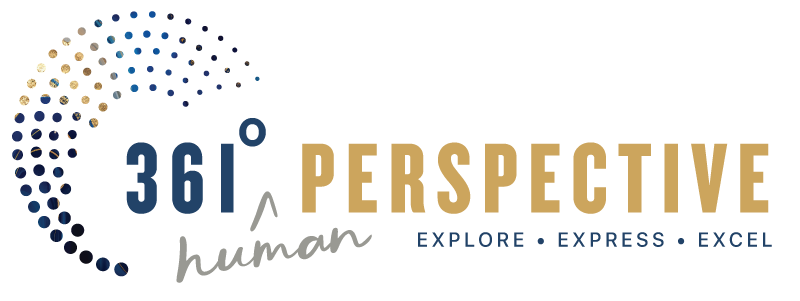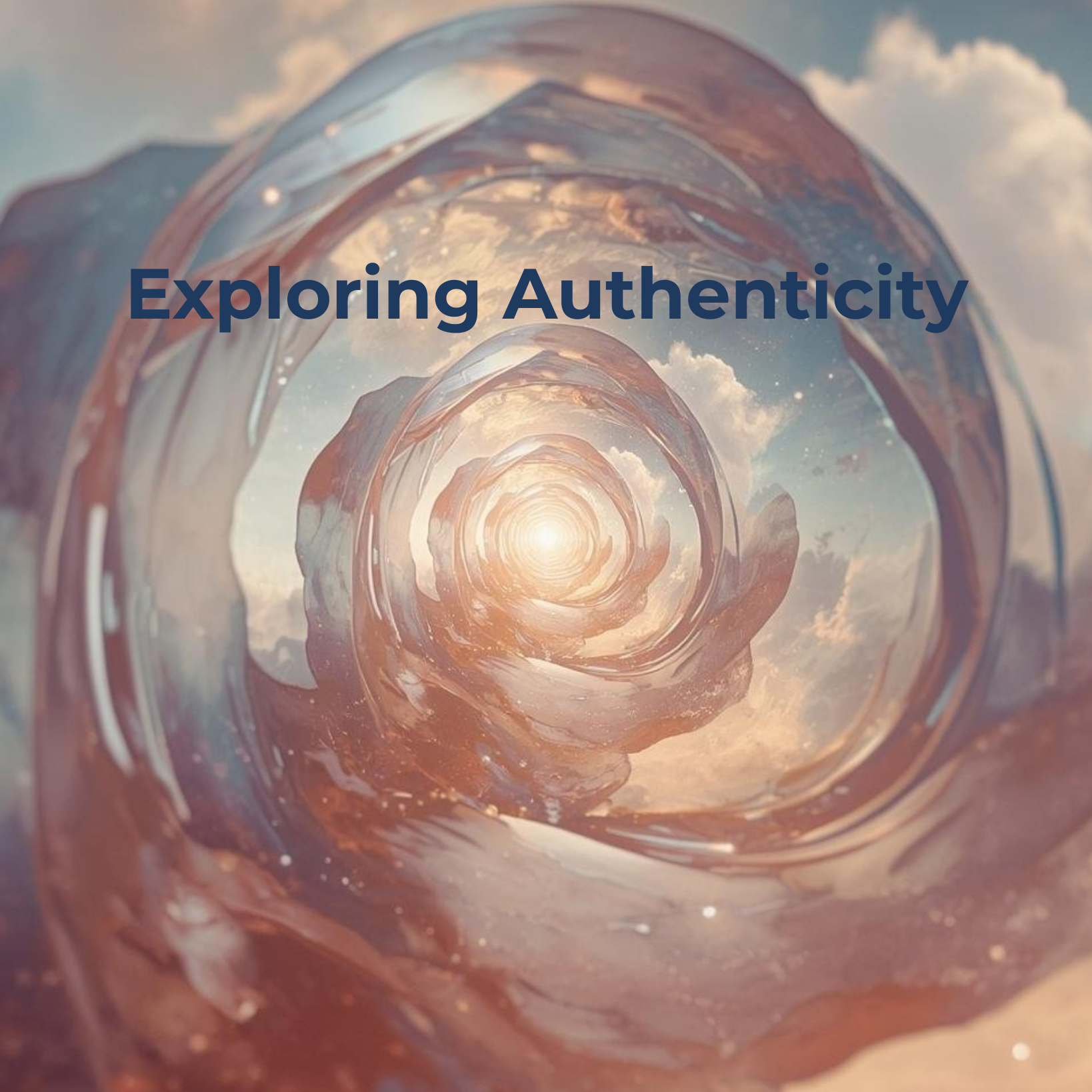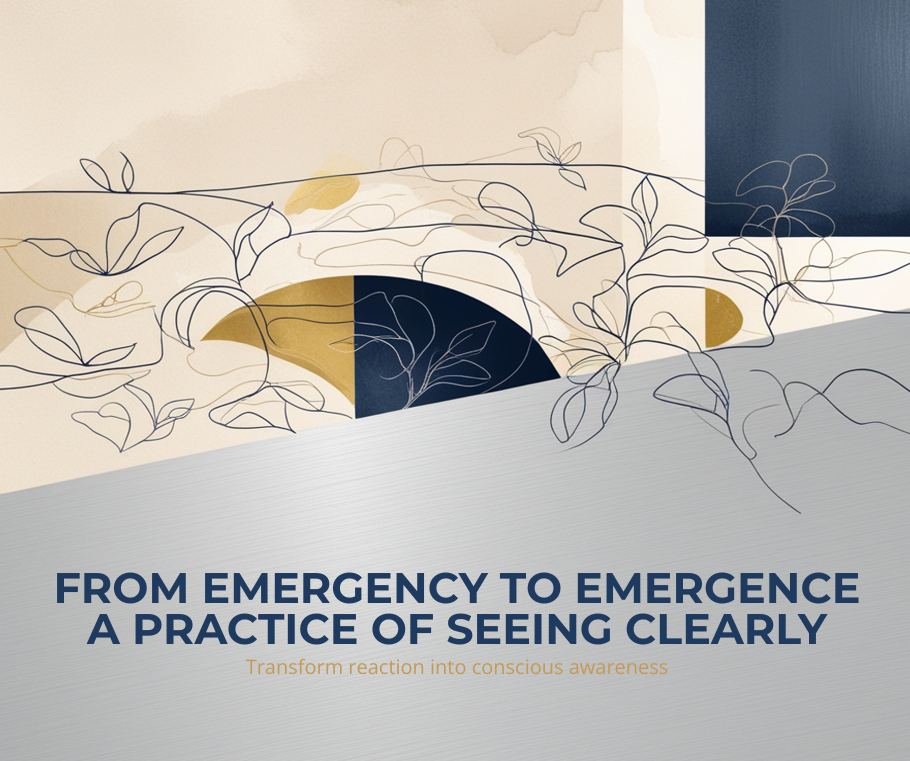Defining the Concept of Authenticity
Authenticity, at its core, represents the alignment between one’s true self and outward expressions, encapsulating honesty, integrity, and self-awareness. This elusive quality is often described as the act of being genuine—of presenting oneself without pretence, mask, or manipulation. In an age where social expectations and digital personas exert unprecedented influence, defining authenticity becomes both more urgent and more complex. People often conflate being authentic with simply “being yourself,” yet the concept is far more nuanced and multifaceted.
To understand authenticity, it is essential to recognize its twofold nature. On the one hand, it involves introspection: a sincere awareness of one’s values, beliefs, and motivations. On the other, it demands congruence—ensuring that actions, words, and decisions reflect those internal truths. Authenticity is not static; it evolves as individuals grow, question, and confront the world around them. It requires vulnerability, a willingness to reveal imperfections and embrace the unique contours of one’s character.
- Self-awareness: Knowing and accepting one’s strengths, weaknesses, and desires.
- Consistency: Acting in harmony with one’s beliefs, even in the face of external pressure.
- Transparency: Communicating openly and honestly with others.
Ultimately, authenticity serves as an invisible yet powerful layer in everyday life, shaping interactions and self-perception. It forms the foundation from which trust, connection, and meaning can flourish.
Recognizing the Invisible Layer in Daily Interactions
Everyday interactions are often shaped by more than what meets the eye. Beneath the surface of routine conversations and casual exchanges lies an invisible layer of authenticity—a subtle, yet profound presence that influences how we connect with others and perceive ourselves. This unseen dimension is not always immediately apparent, but it quietly directs the flow of genuine communication, trust, and understanding in our daily lives.
In the bustle of modern existence, it is easy to overlook this invisible layer. We may find ourselves reciting habitual greetings, nodding politely, or making small talk without pausing to consider the sincerity behind our words or actions. However, when authenticity is present, it resonates deeply, creating an atmosphere of honesty and openness. People instinctively recognize when someone is being genuine, fostering a sense of psychological safety and mutual respect.
Identifying Authenticity in Everyday Moments
- Body Language: Subtle cues such as eye contact, posture, and gestures often reveal true emotions, even when words are carefully chosen.
- Consistency: Genuine individuals maintain coherence between their words, actions, and intentions, reinforcing trust over time.
- Emotional Transparency: Sharing feelings and thoughts candidly, without pretence, paves the way for deeper connections.
Recognizing this invisible layer empowers us to engage more meaningfully with those around us. By attuning ourselves to cues of sincerity and striving to embody authenticity, we lay the groundwork for relationships built on trust and respect, setting the stage for richer, more fulfilling interactions to come.
Common Barriers to Authentic Self-Expression
Authentic self-expression, though valued in personal and professional spheres alike, often encounters subtle yet powerful obstacles that inhibit individuals from revealing their true selves. These barriers can manifest in various forms, stemming from both external pressures and internalized beliefs, each playing a significant role in shaping everyday interactions.
Societal Expectations and Cultural Norms
One of the most pervasive challenges arises from societal expectations and cultural norms. From an early age, individuals are often taught to conform to established standards of behavior, appearance, and thought. These unspoken rules create an environment where deviation might lead to judgment or exclusion. As a result, many people suppress opinions, desires, or creative impulses to maintain social acceptance, sacrificing authenticity for belonging.
Fear of Judgment and Rejection
The fear of being misunderstood, judged, or rejected exerts a powerful influence on self-expression. This apprehension can cause individuals to mask their true feelings or opinions, especially in unfamiliar or critical environments. The desire to fit in or avoid conflict often outweighs the urge to be genuine, leading to a pattern of self-censorship over time.
Internalized Self-Doubt
Beyond external pressures, internal barriers such as self-doubt and low self-esteem can also hinder authenticity. When individuals question their own worth or abilities, they may hesitate to share their thoughts or talents, fearing inadequacy or ridicule. This inner critic can be more limiting than any external force, gradually eroding confidence and reinforcing inauthentic behaviours.
Recognizing these common barriers is the first step toward reclaiming authentic self-expression and fostering deeper, more meaningful connections with others.
The Impact of Authenticity on Relationships and Wellbeing
Authenticity, though often elusive and intangible, serves as a powerful undercurrent shaping the nature of our relationships and overall wellbeing. When individuals embrace their genuine selves, interactions naturally become richer, more meaningful, and deeply rewarding. Genuine connections thrive in environments where honesty, vulnerability, and trust are present, creating a foundation upon which lasting relationships are built.
In personal relationships, authenticity acts as a catalyst for intimacy and understanding. By expressing true emotions and sharing real experiences, individuals foster an atmosphere where empathy and compassion flourish. Friends, family members, and partners who engage authentically are better equipped to support one another, navigate challenges, and celebrate successes. This emotional transparency eliminates the barriers that often result from pretence or guarded behaviour, paving the way for stronger, more resilient bonds.
Beyond interpersonal dynamics, authenticity plays a significant role in enhancing individual wellbeing. Living authentically allows people to align their actions with their core values, leading to a greater sense of purpose and fulfilment. This alignment reduces internal conflict, alleviates stress, and promotes mental clarity. Moreover, authentic living encourages self-acceptance, which is fundamental for emotional stability and confidence.
Ultimately, authenticity serves as an invisible yet transformative force. It not only enriches our relationships but also nurtures our inner world, fostering a holistic sense of wellbeing that resonates through every aspect of daily life.
Practical Steps to Embrace Authenticity in Everyday Life
Embracing authenticity is not a single decision, but a series of conscious actions woven into the fabric of daily living. To cultivate an authentic life, one must first recognize that authenticity is less about grand gestures and more about the subtle, invisible choices made moment by moment. This journey begins with self-awareness—taking time to reflect on personal values, desires, and motivations. By understanding what truly matters, it becomes easier to align actions and words with inner beliefs.
Developing Self-Awareness
- Reflect regularly: Set aside time each day to check in with yourself, questioning whether your decisions are guided by external expectations or your genuine inclinations.
- Journaling: Use writing as a tool to explore thoughts and feelings, uncovering patterns that reveal your authentic self.
Building Honest Communication
- Express your needs: Practice voicing your thoughts and feelings openly, even in small interactions. Authenticity thrives when you communicate truthfully and respectfully.
- Listen actively: Pay attention to others’ perspectives, which not only fosters deeper connections but also encourages reciprocal honesty.
Aligning Actions With Values
- Make conscious choices: Before acting, pause to consider whether your behaviour reflects your principles.
- Set boundaries: Learn to say no to situations or relationships that compromise your authenticity.
By integrating these practical steps, authenticity gradually becomes the invisible layer that supports genuine relationships, personal fulfilment, and a sense of inner harmony. This ongoing process allows you to present your truest self, enriching both your life and the lives of those around you.




